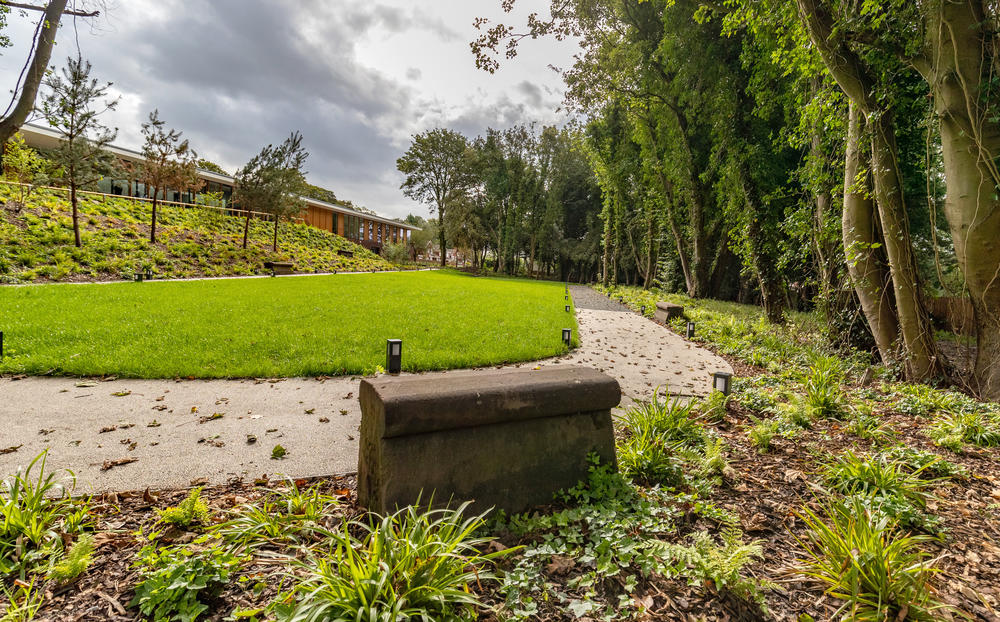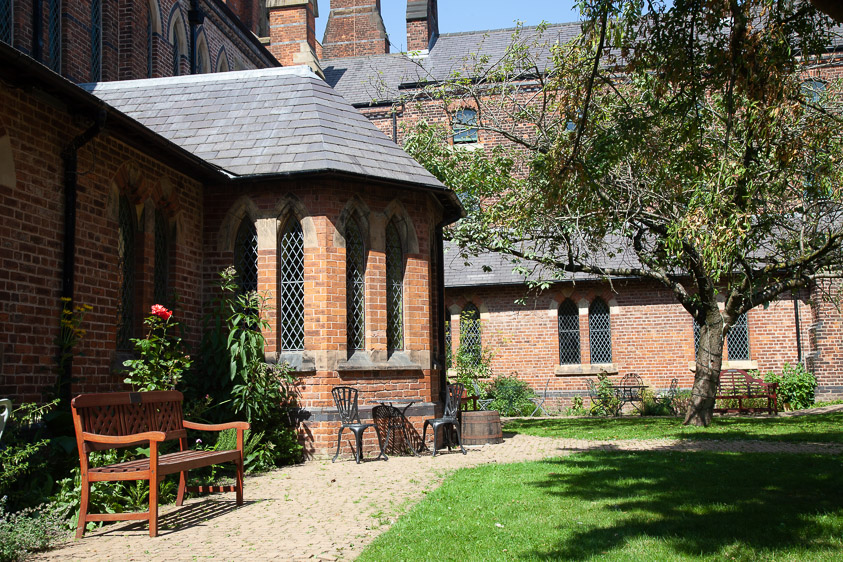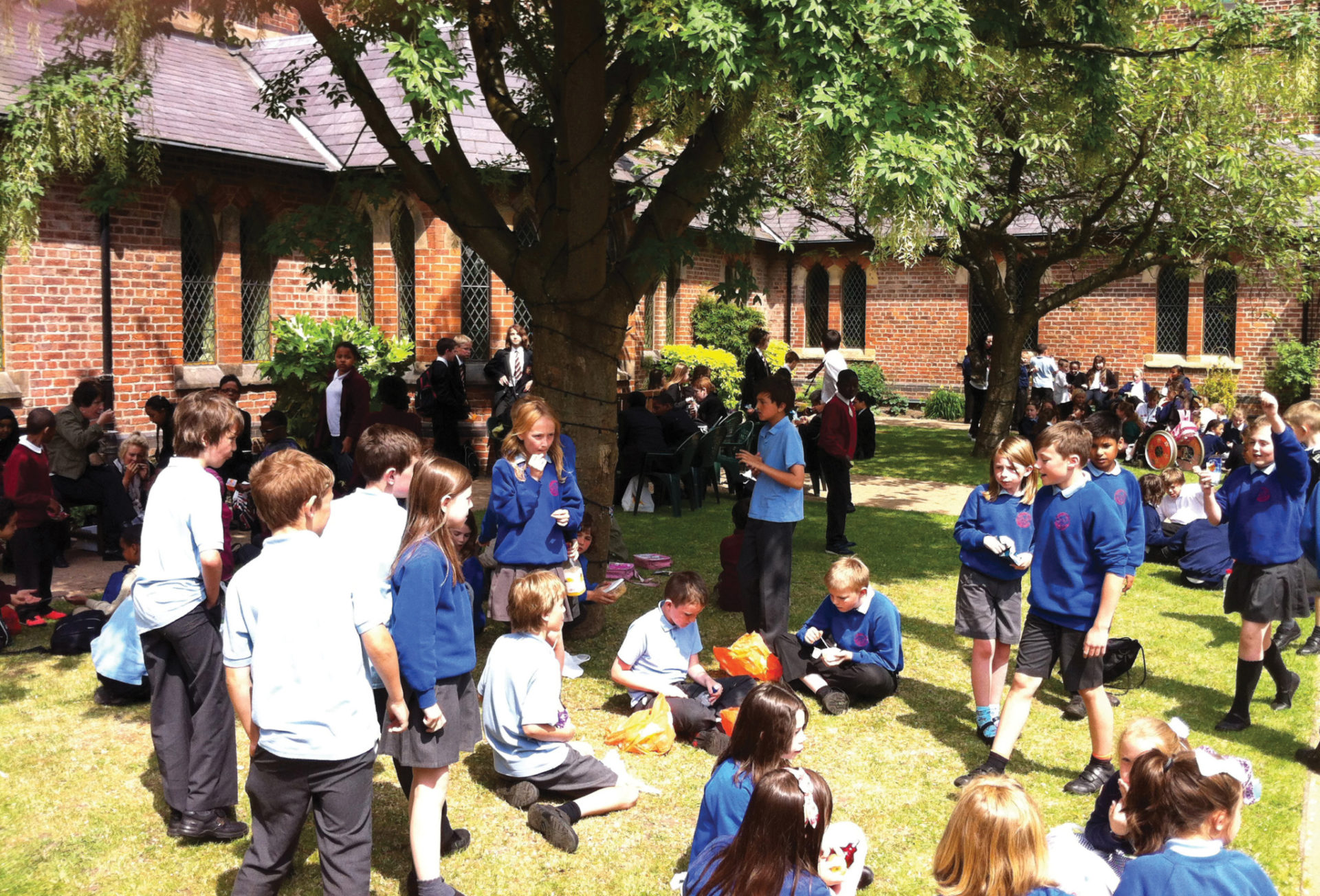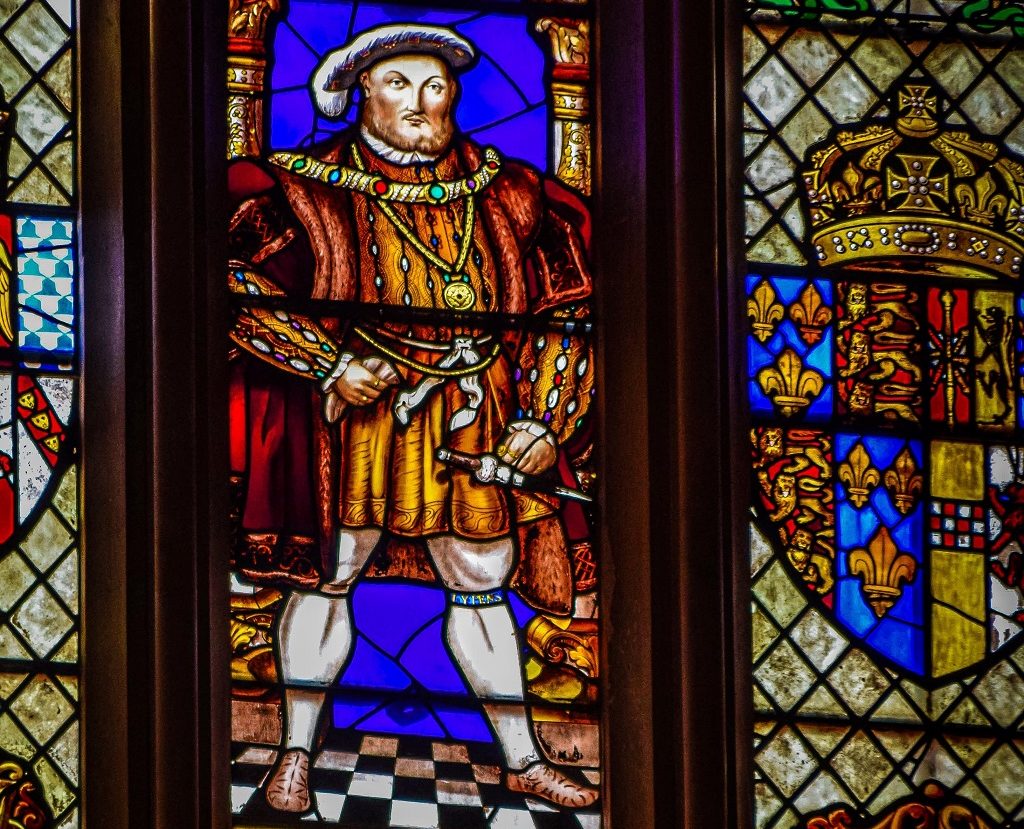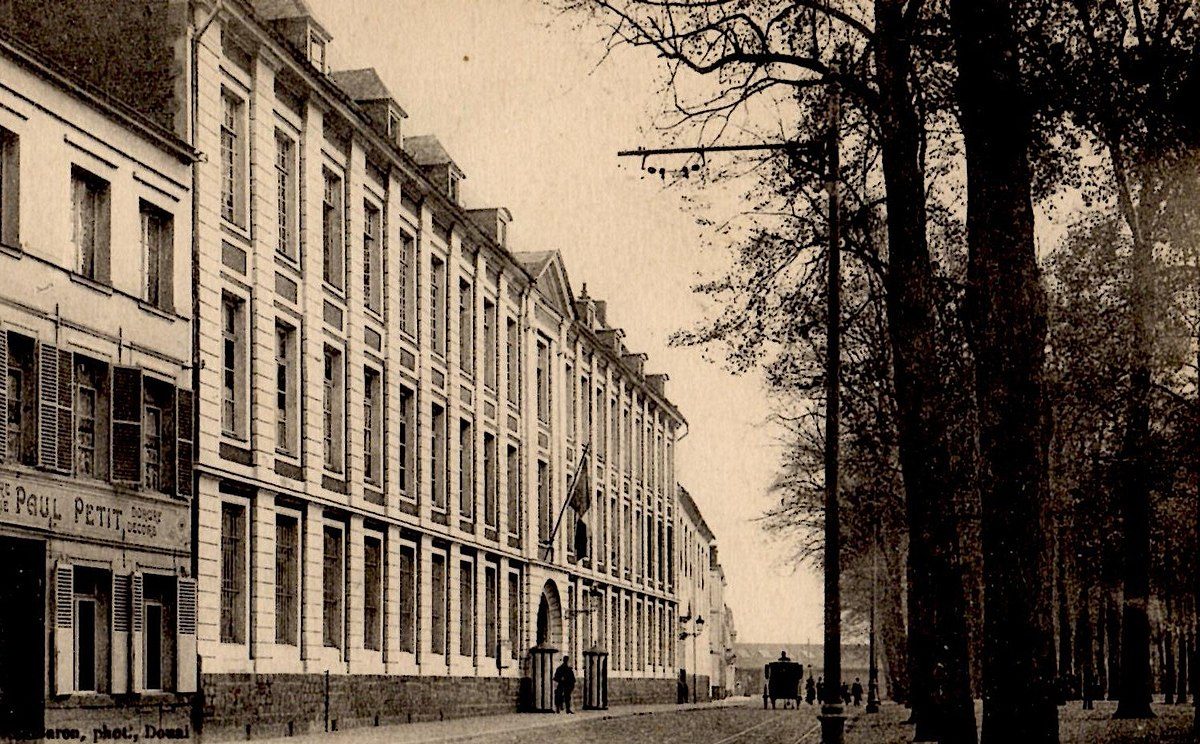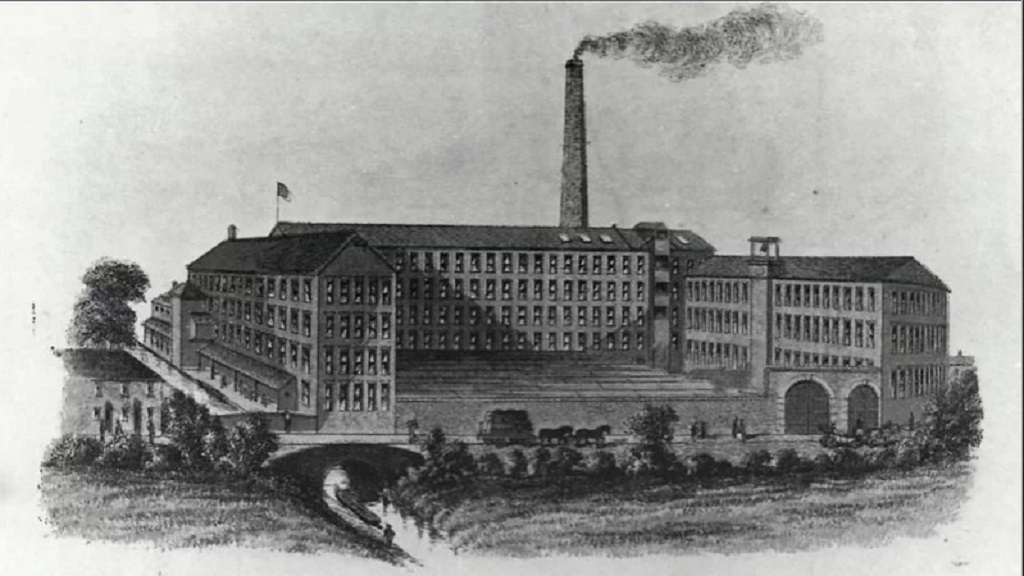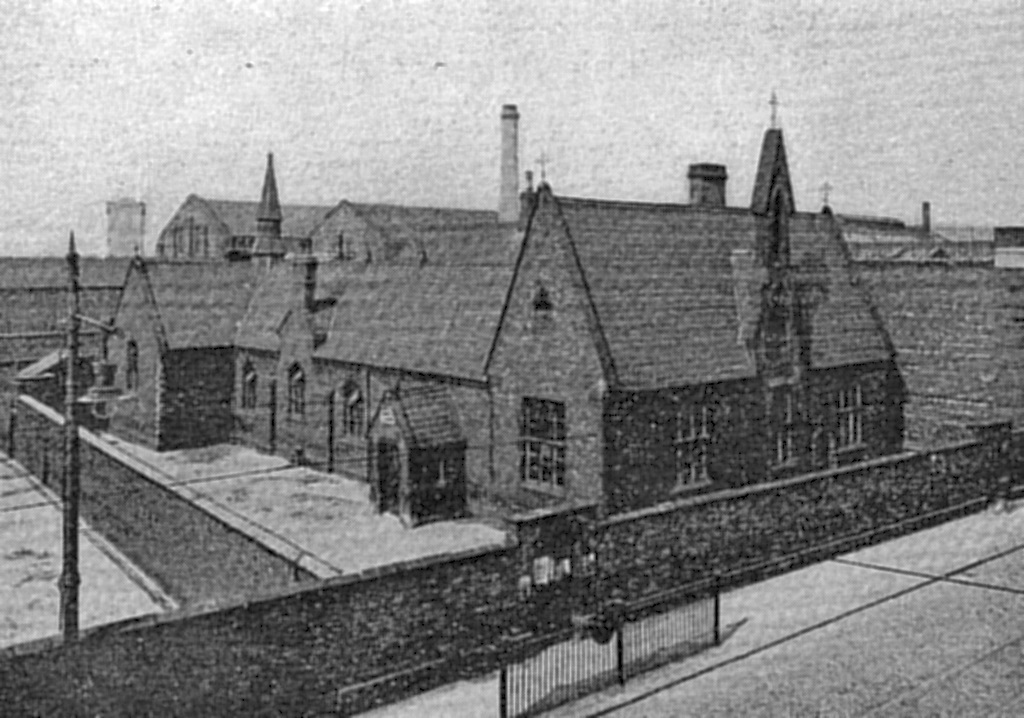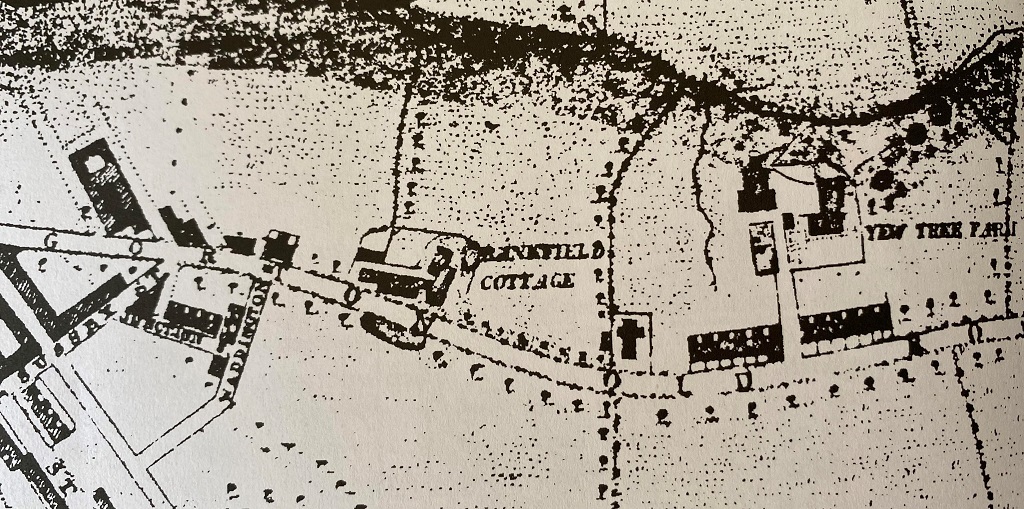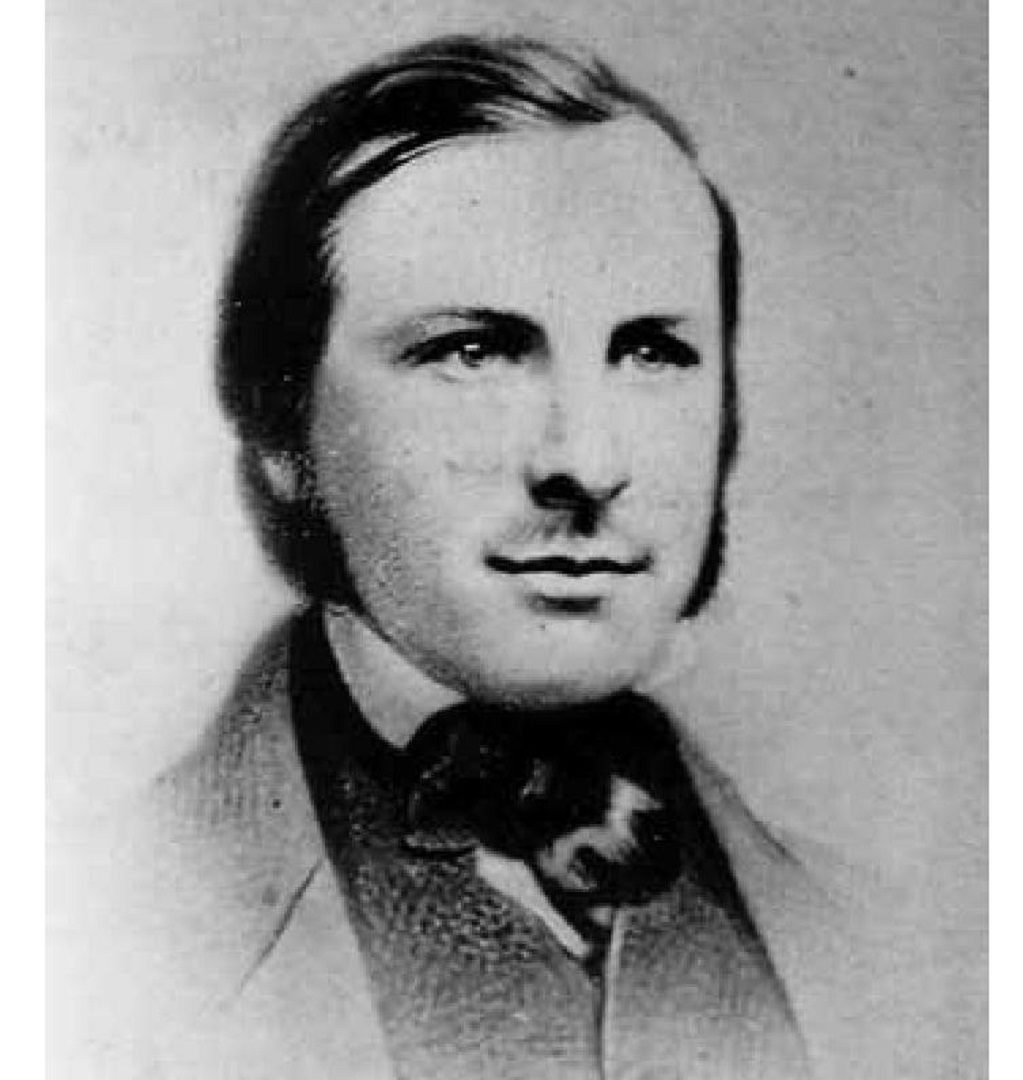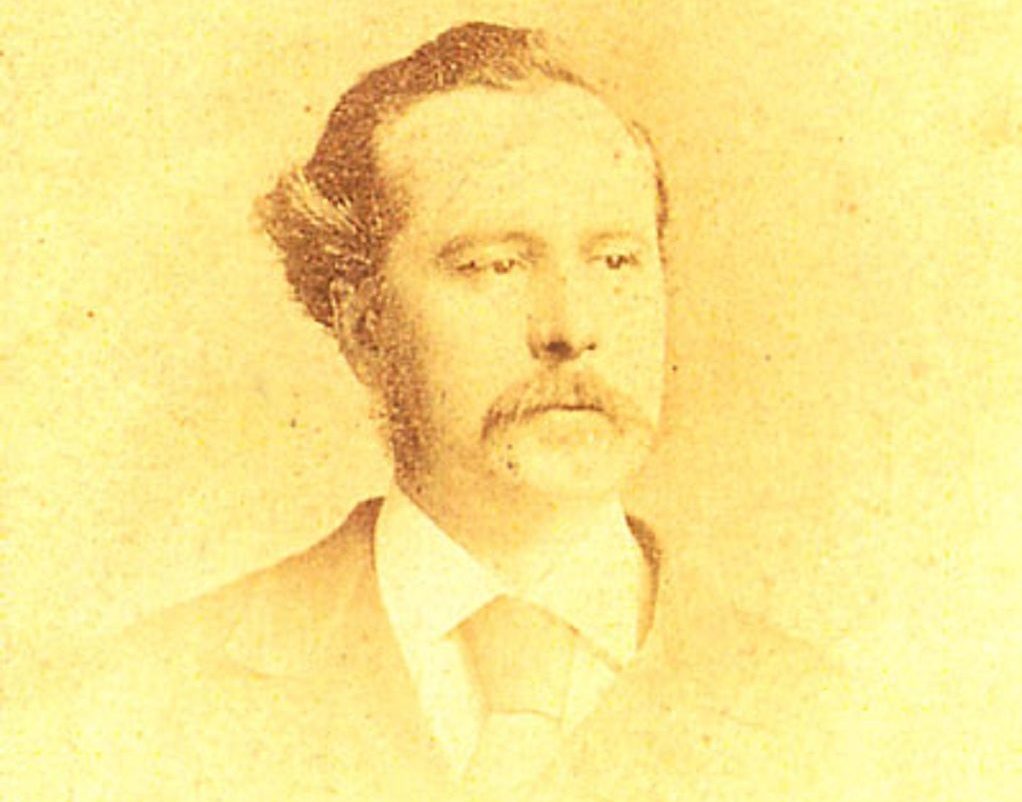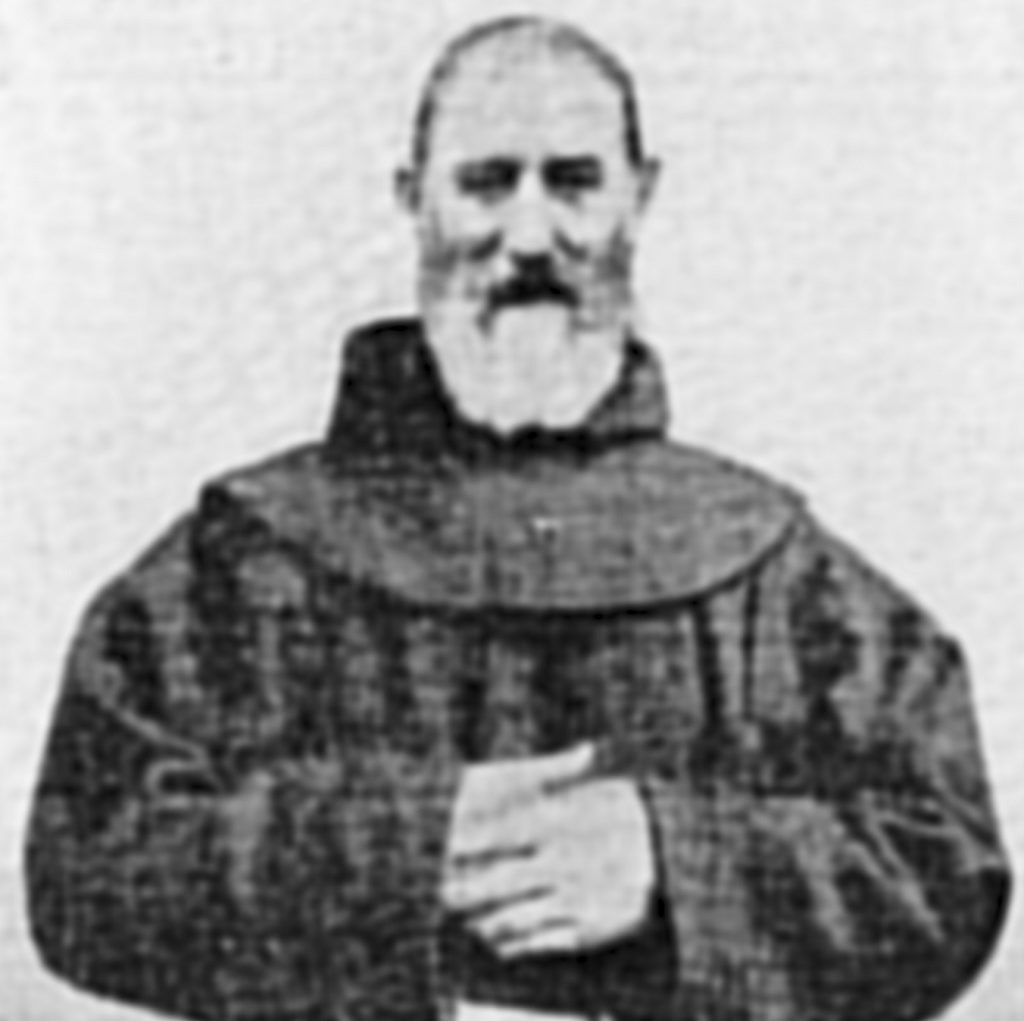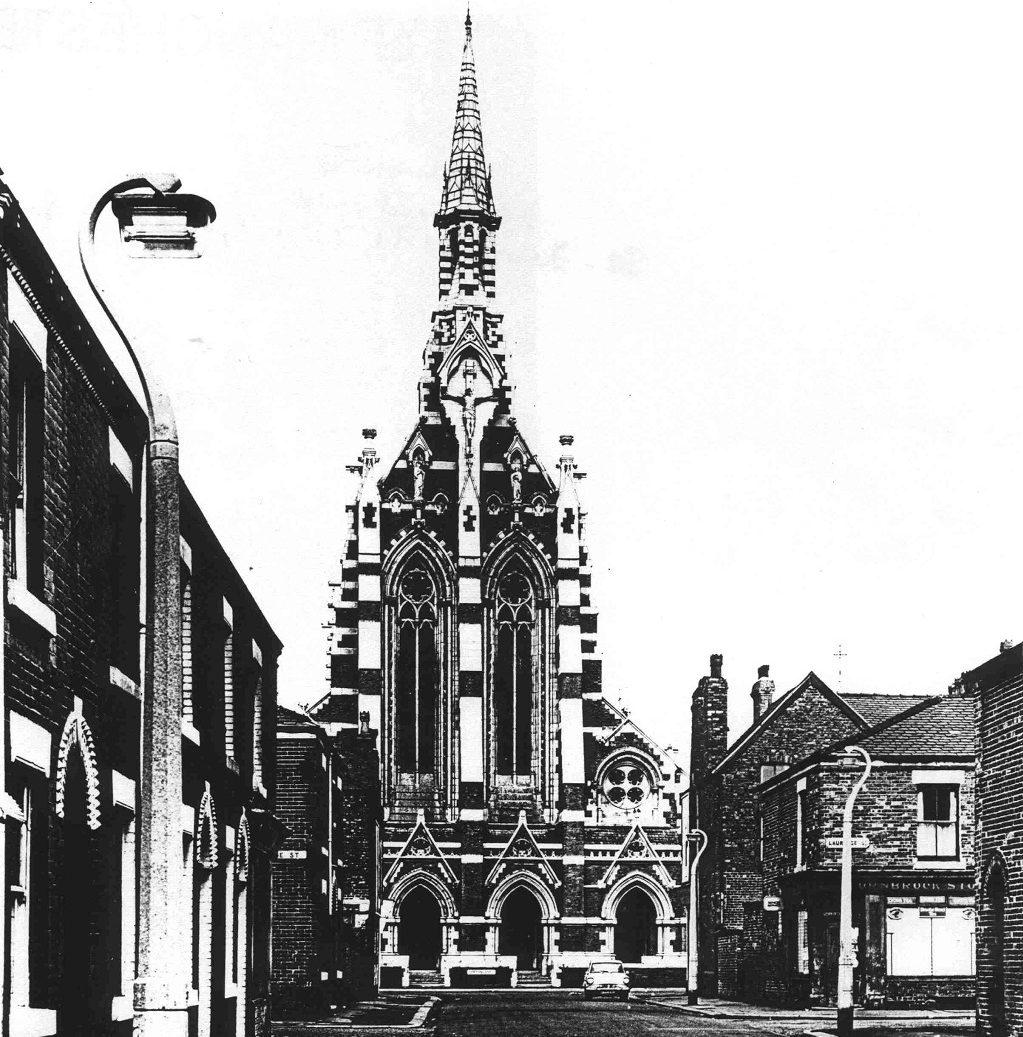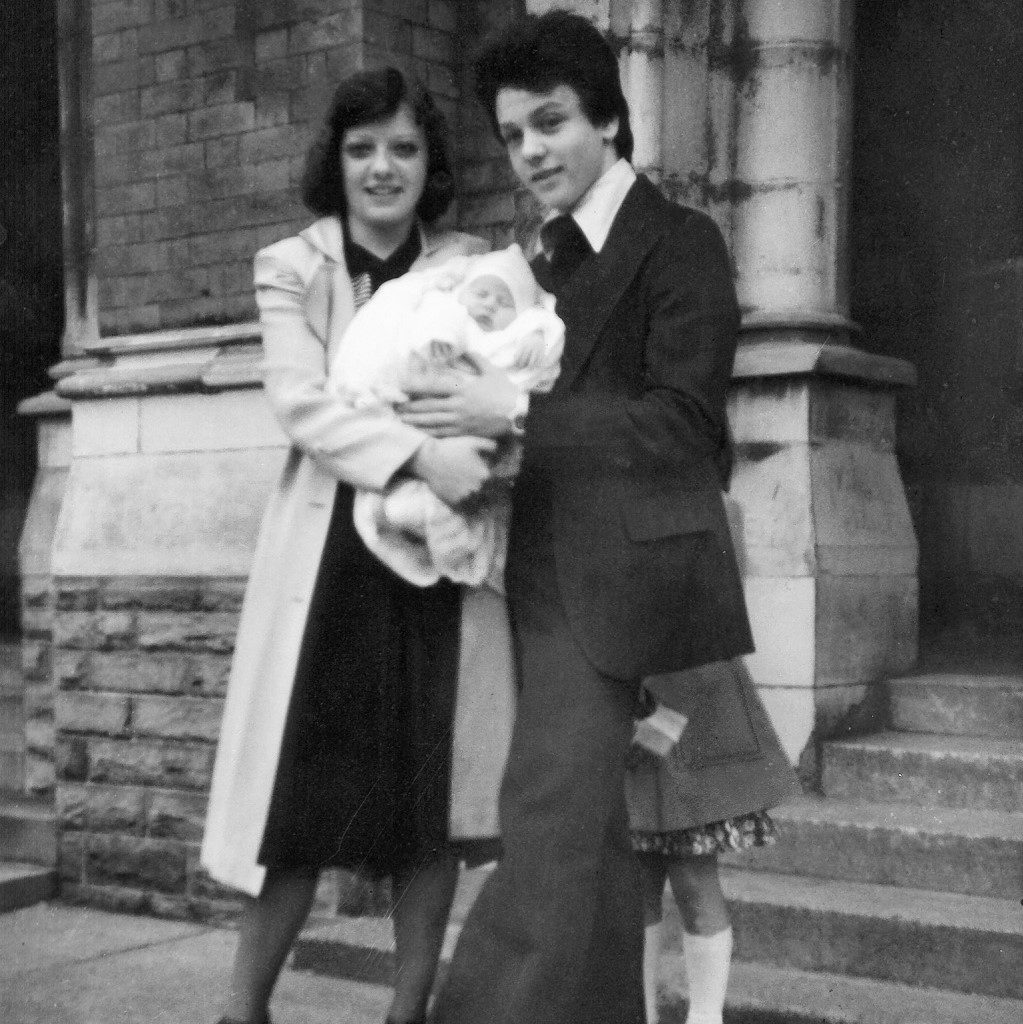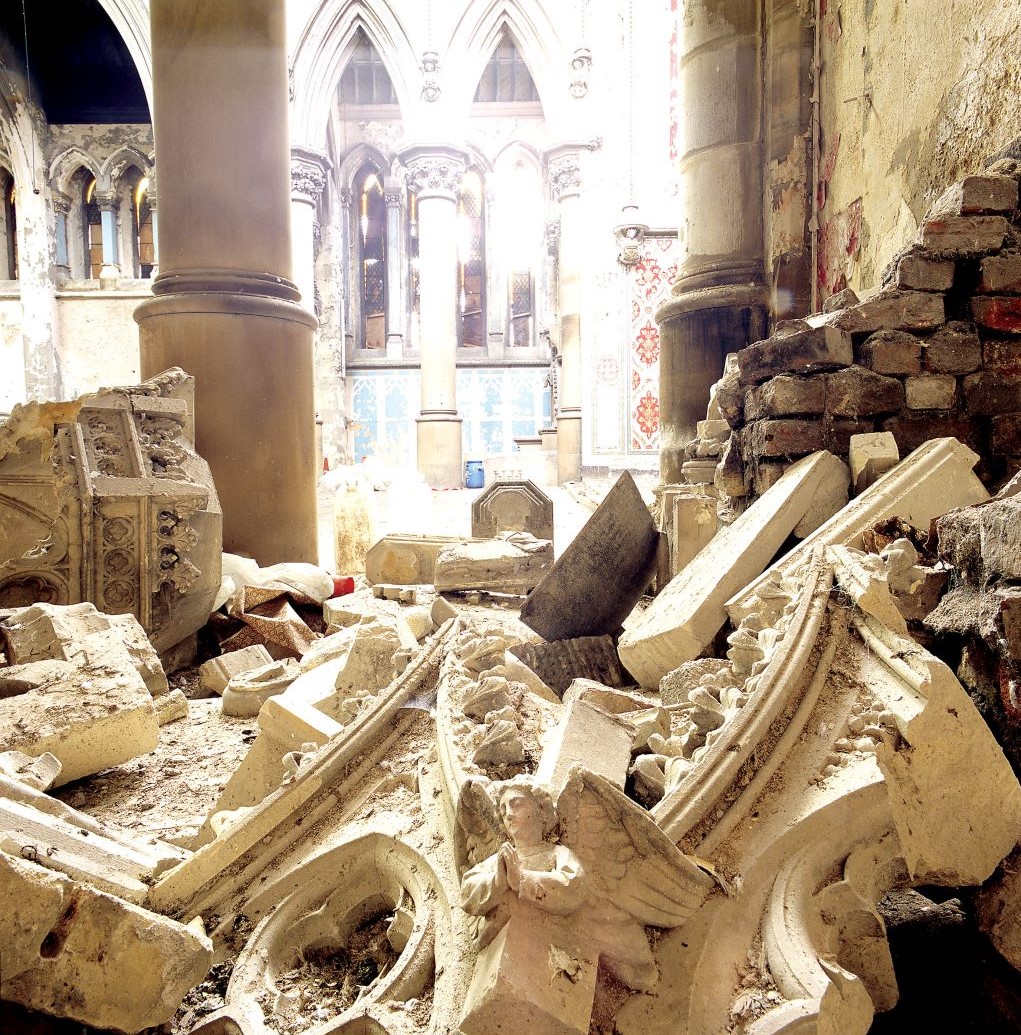Gorton Monastery’s Senior Tour Guide, Grahame Birtles, Shortlisted for the Heritage Hero Awards
The Monastery is proud to announce that long-standing volunteer and Senior Tour Guide, Grahame Birtles, has been shortlisted for the Heritage Hero Awards—a prestigious recognition of individuals who go above and beyond to protect and promote the UK’s heritage.
A Passionate Storyteller and Dedicated Volunteer
As a key figure in Gorton Monastery’s visitor experience, Grahame has played an instrumental role in welcoming guests, offering engaging and informative tours that leave a lasting impression. His extensive knowledge, enthusiasm, and gift for storytelling have made each tour a memorable experience, with visitors consistently praising his ability to bring the history of The Monastery to life.
“Grahame is the heart of our guided tour offer; he is so generous with his knowledge of the history of The Monastery and Gorton and tailors his talks to his audience. We receive great feedback about Grahame. As well as being our main tour guide, he helps out wherever he is needed, from litter picking to clearing tables. We would be lost without him.” – Jo Burns, Visitor Experience Manager
A Lasting Impact on Visitors
Grahame’s ability to connect with people and share the history of The Monastery has earned him glowing reviews from countless visitors. Many have shared their appreciation for his deep knowledge, engaging delivery, and welcoming presence:
“Grahame, our guide, had the most amazing memory and wealth of knowledge. He really brought the story of The Monastery to life, thank you!” – Anita Greenwood, 4th March 2024
“Every time I come here, I learn more about the history of this fascinating place. Grahame is an excellent guide, very knowledgeable, and a good communicator.” – Anne Browne, 8th April 2024
“Had the tour with the lovely Grahame, he must be psychic, as every time a question formed, he would answer. Truly amazing.” – Suzi Hancock, 12th June 2024
From first-time visitors to returning guests, Grahame has made an unforgettable impact—ensuring that everyone who steps through The Monastery’s doors leaves with a deep appreciation for its history and significance.
The Heritage Hero Awards: Recognising Outstanding Volunteers
Now in its twelfth year, the Ecclesiastical Heritage Hero Awards celebrate the incredible contributions of volunteers across the UK’s heritage sector. Volunteers play a crucial role in preserving historic sites, from caring for rural landmarks to engaging the next generation of visitors. More than just a ‘thank you,’ these awards highlight the ways in which communities can take ownership of their local heritage and make a lasting impact.
Run by the Heritage Alliance with the support of Ecclesiastical Insurance, the awards honour individuals whose passion, dedication, and expertise ensure that the UK’s historic sites continue to thrive.
A Well-Deserved Nomination
Grahame Birtles’ commitment to heritage education, community engagement, and visitor experience makes him a truly deserving nominee for this national award. His tireless work—whether through leading inspiring tours, supporting the upkeep of The Monastery, or simply sharing his knowledge with warmth and enthusiasm—has left a profound mark on Gorton Monastery and its many visitors.
The Monastery team extends heartfelt congratulations to Grahame on this incredible recognition. Whatever the outcome, he is already a true Heritage Hero in the eyes of all who have had the pleasure of learning from him.
You can explore our Taste of the Monastery Tour, led by Grahame every Monday, by tapping here.


